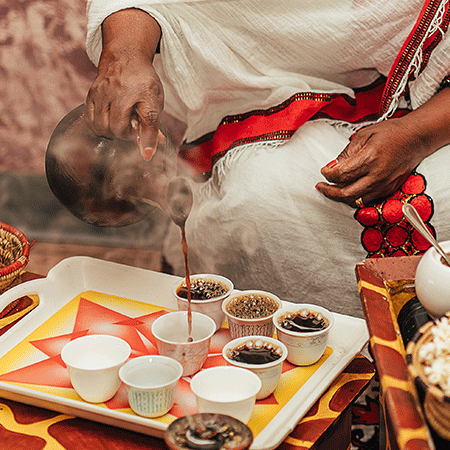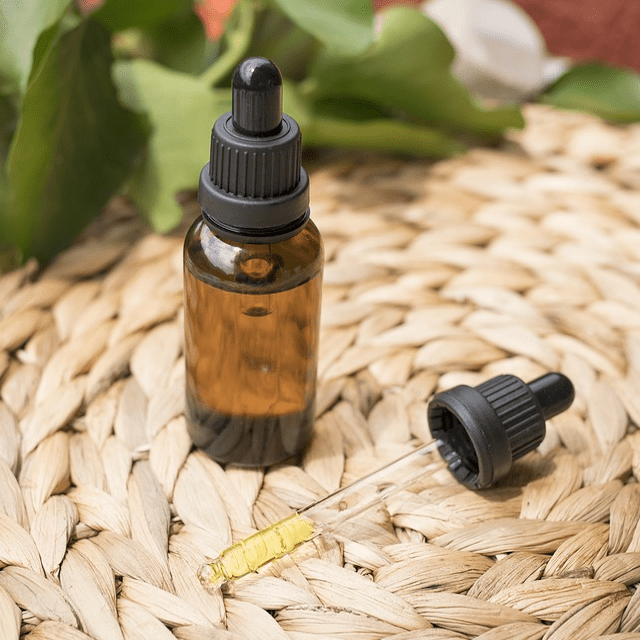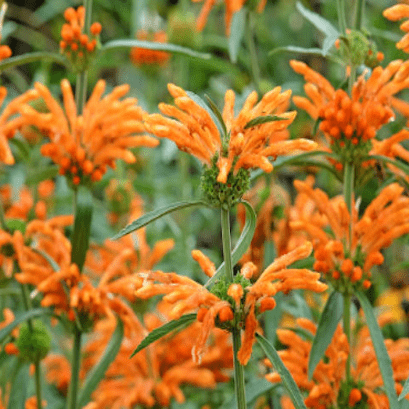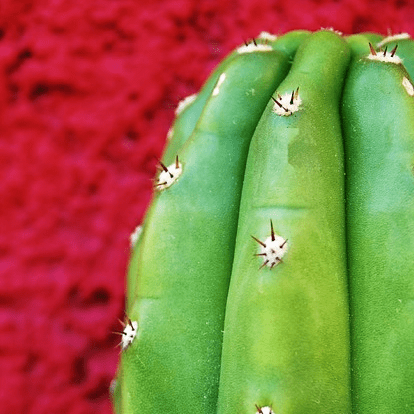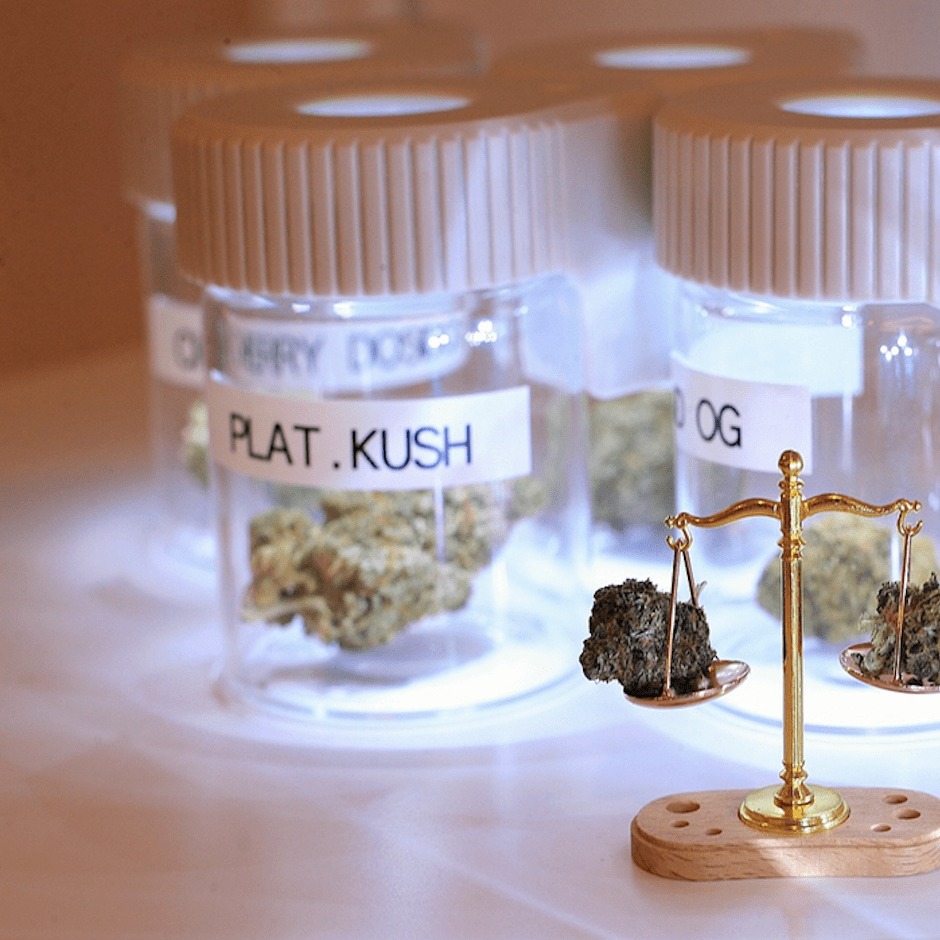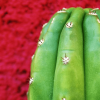Cacao, the main ingredient of chocolate, has a history as rich and deep as its taste. This sacred plant, native to the Amazon and steeped in Mesoamerican cultures, is more than just a food source; it is a medium for spiritual and communal gatherings known as the cacao ceremony. These ceremonies, laden with profound cultural significance, have crossed time and space to become a global phenomenon. This article examines the origins, elements and symbolism of the cacao ceremony, its spread around the world and how modern interpretations fit with current trends in health and wellness.
Table of Contents
Revealing the roots of the cacao ceremony
The cacao ceremony is deeply rooted in the ancient civilizations of the Mayans and Aztecs. Celebrated as the “Food of the Gods,” cacao was not only a beloved beverage but also a powerful symbol of fertility, abundance and divine blessing. These early ceremonies were often performed by shamans or priests to mark important events, seek divine guidance or as offerings to the gods. It was believed that the ritual use of cacao could bridge the gap between the earthly and the divine and provide a medium for communication and insight.
The preparation and consumption of cacao in these ancient rituals were elaborate and symbolic. The beans were fermented, roasted and ground into a paste. Then they were mixed with water, spices and sometimes chili to make a frothy, bitter drink. This concoction, very different from the sweetened chocolate we know today, was central to the ceremonies and was drunk by participants in a communal setting to achieve a heightened state of consciousness and communal unity.
Ritual elements and symbolism explored
The ritual elements of the cacao ceremony are rich in symbolism and vary widely among different cultures and interpretations. Central to the ceremony is the cacao itself, which represents the heart and blood and signifies life and vitality. Sharing the cacao drink symbolizes community, interconnectedness and the sharing of divine energy. Other common elements include the direction of the ceremony, often focused on cardinal points, music, chanting or drumming to facilitate a meditative state, and offerings of gratitude to the earth and the cacao plant.
In many traditional and modern practices, the ceremony begins with a ritual cleansing, using sage or copal to purify the space and the participants. Intentions are made and prayers or chants are said to invoke the spirit of cacao. As the ceremony progresses, participants may meditate, dance or perform other forms of expressive movement, allowing the spirit of cacao to work through them, enabling emotional release, healing and profound insights. The communal aspect fosters a sense of unity and shared experience that is both grounding and uplifting.
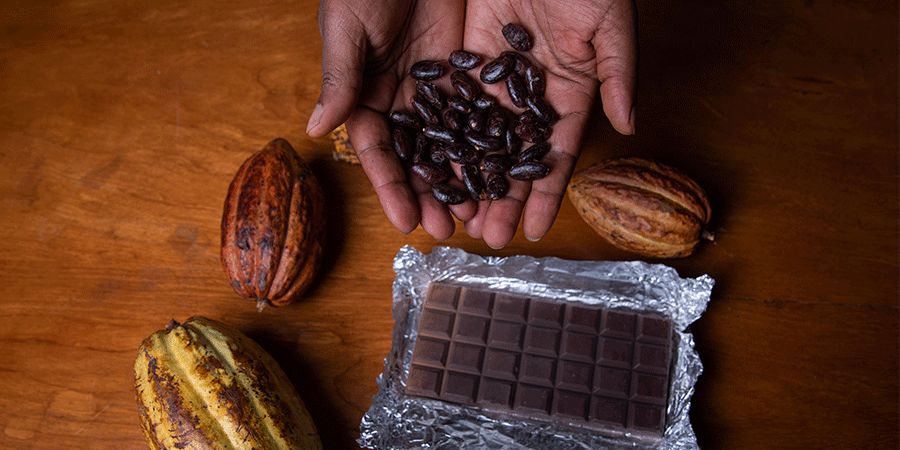
The worldwide spread of the cacao ceremony
The resurgent interest in ancient spiritual practices and natural healing has led to the worldwide spread of the cacao ceremony. From their indigenous origins in Central and South America, these ceremonies have found a place in modern spiritual communities around the world. In cities from London to Bali, people gather to participate in these ancient rituals in search of connection, healing and a deeper sense of purpose. The global cacao ceremony movement is a testament to the universal human desire for connection – with each other, with nature and with the spiritual realm.
This spread has been facilitated by the Internet and social media, where knowledge and experiences are shared across continents, inspiring a new generation to explore these traditional practices. The cacao ceremony has been adapted to contemporary needs and are often combined with yoga, meditation and other wellness practices. Despite these adaptations, the core elements of the ceremony – intention, community and the sacred use of cacao – have remained unchanged, providing a bridge between ancient traditions and modern spiritual exploration.
Modern interpretations and health benefits
Modern interpretations of the cacao ceremony often emphasize the health and wellness aspects of the ritual. Cacao, in its purest form, is rich in antioxidants, magnesium and other substances beneficial to physical health and emotional well-being. Participants in these ceremonies report feelings of heightened awareness, increased concentration and a sense of euphoria, which are attributed to the theobromine in cacao, which stimulates the heart and relaxes blood vessels.
In addition to its physiological effects, the ceremonial use of cacao offers profound psychological and spiritual benefits. The setting of intentions, communal participation and meditative aspects of the ceremony promote a sense of connection, emotional release and personal insight. For many, these ceremonies are a powerful tool for personal growth, healing and cultivating a more mindful and heart-centered way of life. As interest in holistic health and wellness continues to grow, so does the appeal of the cacao ceremony, combining ancient wisdom with modern practices for a healthier and more connected life.
Exploring the rich tradition of cacao ceremony offers a glimpse into the sacred, a path to unity and a journey to personal enlightenment and well-being. From its ancient roots in Mesoamerican cultures to modern interpretations around the world, cacao ceremony stands as a testament to the ongoing human quest for connection, healing and transcendence. As we continue to navigate the complexities of the modern world, these ancient rituals remind us of the power of tradition, the importance of community and the transformative potential of simple, sacred acts.
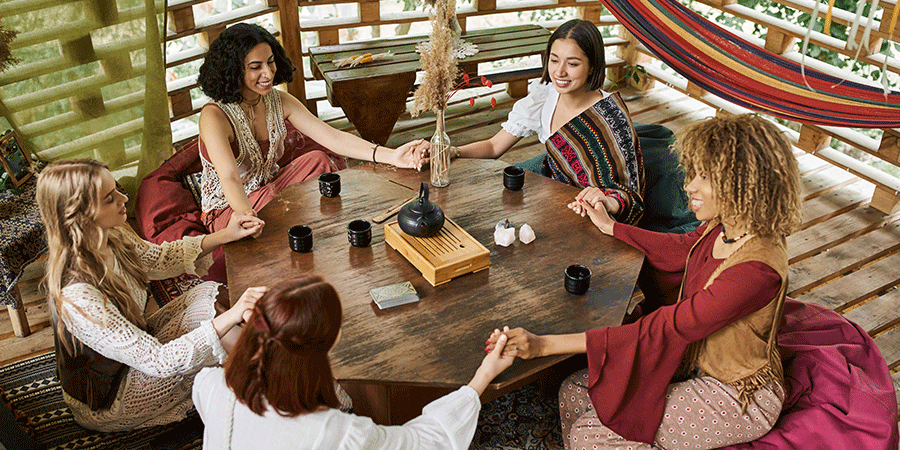
How can you organize a cacao ceremony?
Organizing a cacao ceremony can be a powerful way to connect with yourself and your community, and to honor sacred traditions that date back thousands of years. Below is a simple step-by-step plan to hold your own cacao ceremony.
Step 1: Set Intention
Begin by setting your intention for the cacao ceremony. This can be something personal like seeking inner peace, or something bigger like healing relationships or thanking the earth. Write down your intention and keep it with you during the ceremony.
Step 2: Prepare space
Create a serene and respectful environment where the ceremony will take place. This can be inside a quiet room or outside in nature. Make sure the space is clean and feel free to decorate it with elements that are sacred to you, such as flowers, crystals or symbolic objects.
Step 3: Prepare cacao
Choose ceremonial-grade cacao, which you can find at specialty stores or online. Slowly melt the cacao in warm water or a vegetable milk of your choice. Avoid using sugar, but feel free to add natural sweeteners such as honey, or spices such as chili, cinnamon, or vanilla for flavor.
Step 4: Opening the cacao ceremony
Open the cacao ceremony by expressing your gratitude for the cacao and for the presence of the participants. You can do this by saying a prayer, chanting, or simply having a moment of silence. Share your intention with the group, if you feel comfortable.
Step 5: Share the cacao
Serve the cacao to all participants and invite everyone to consume the drink with attention and respect. This is a time to reflect internally on your intention and be open to the energy of the cacao.
Step 6: Meditation and reflection
After drinking the cacao, you can hold a guided meditation, insert a period of silence for personal reflection, or play soft music. Allow everyone to experience the effects of the cacao and receive personal insights or revelations.
Step 7: Expression
Encourage expression of thoughts and feelings. This can be through conversation, music, dance, drawing, or any other form of creative expression appropriate to the group and setting.
Step 8: Closure
Close the ceremony by giving thanks once again, both to the cacao and to the participants. Share any experiences or insights that emerged during the ceremony, if you feel called to do so. End with a shared moment to acknowledge the connection and shared experience.
Step 9: Aftercare
After the ceremony, it is important to be gentle with yourself and others. Drink plenty of water and provide a quiet environment in which to let the experiences and insights sink in.
By following these steps, you can experience a meaningful and transformative cacao ceremony, deeply rooted in ancient traditions yet unique to your personal journey.
